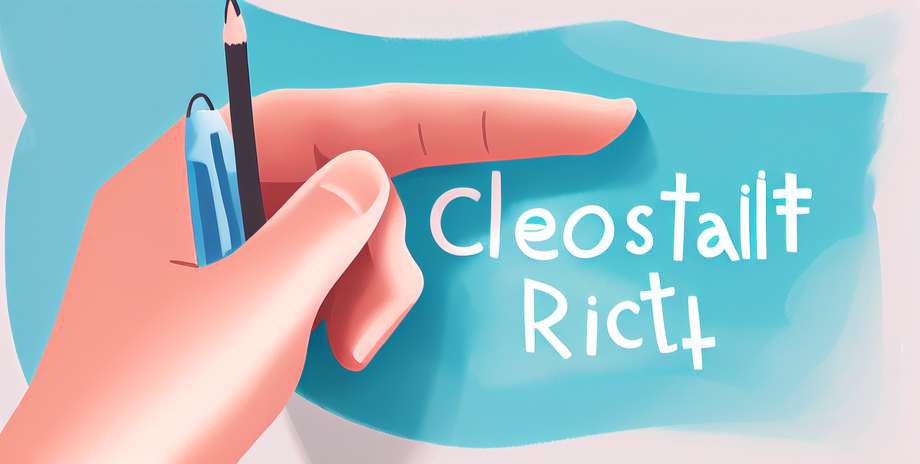Organic dyes prevent allergies
April 2024

The World Health Organization (WHO) and the Pan American Health Organization (PAHO) report that of the total amputations of the lower extremities, between 40 and 85% are related to diabetes . In Mexico, according to figures from the Mexican Social Security Institute (IMSS), 70% of lower limb amputations occur due to delayed medical care of foot injuries, mainly in people with diabetes.
The problem is that of 6.5 million people who suffer from this disease in our country, 35% ignore that it has it.
It is estimated that only one in 10 people with amputated limbs is rehabilitated and only 30% of those rehabilitated know how to properly use their devices and prostheses that, on the other hand, are very expensive, since in Mexico they can cost up to 110 thousand pesos.
The economic disadvantage, which also includes the expense that patients must make to move to rehabilitation units, is the lack of social conscience of many taxi drivers who refuse to provide service to amputees, with crutches or in a wheelchair . Social rejection is another burden that amputees have to live with.
Dr. Fernando Lavalle, director of the Diabetes Clinic of the Hospital of the Autonomous University of Nuevo Leon, points out that diabetics are more likely to suffer amputation of one or both extremities, since their feet in particular suffer physiological changes as the reduction of blood irrigation , which generates loss of sensitivity to pain and a low regeneration of the epithelial cells, "so that of suffering an injury, this can advance without them noticing and as a consequence, suffer partial or total amputation of their legs".
When the amputation is irremediable, it is of the utmost importance to go through a psychological therapy and a previous training to the placement of the prosthesis and that has to do with the adequate conditions of the stump, the physical conditioning for the energy expenditure that implies the use of the prosthesis, as well as the balance and displacement of locomotion in all terrain. The adaptation process begins with knowing that one's own stump is a new organ to which an external prosthetic attachment will be attached, in order to recover lost capacities as much as possible. The objectives of a prosthesis are, among others: to obtain an optimal standing, to ensure that prosthetic walking is, as far as possible, equal to normal human locomotion, reincorporate to daily activities as independently as possible and, through physiotherapy , recompose the body symmetry.